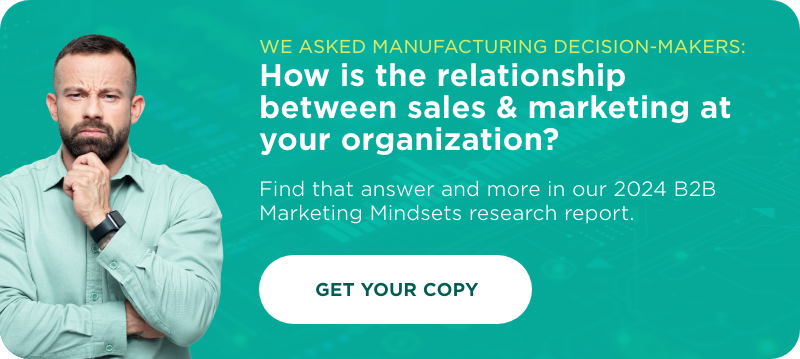Your business is like no other. Your ecommerce store needs functionality like no other.
Every business is unique. They may have similar competitors, but none of them share the same mixture of product, brand, and personnel. Kroger appeals to one demographic, Meyer to another. And with so much variation, it’s no wonder many businesses quickly grow out of a “one size fits all” solution.
They begin with a template website, or with a set of third-party plugins. Then, after a few years of solid growth, they start noticing deficiencies. And the larger they grow, the more they feel the strain of those deficiencies.
Now, that’s not to say the solution is automatically custom development. There are many flexible plugins that can expand to meet the needs of a business of any size. Furthermore, we never counsel a business to custom design a tool when they could be making better use of the ones they already have. We use many third-party plugins on our own site, and with our clients—most notably WooCommerce, which is our recommended ecommerce tool.
However, there are times when either a client doesn’t know how to use that plugin to its full extent, or when that plugin simply can’t do the job anymore.
This is where custom development comes into play. It’s one of the main reasons we advise our clients to use WordPress. If you start with a hosted platform, or one with a narrower field of developers, you may find the features you want are either impossible. Alternatively, you may find that the developers with the skillset you need simply don’t exist.
Once you do decide to go down the path of custom WordPress development, almost anything is possible—so long as you have the right team.
What kind of advanced functionality can custom WordPress development offer?
Many businesses know they need an advanced solution, but they don’t know what options are available to them. Maybe they don’t think of themselves as very tech-savvy, and therefore aren’t aware of the possibilities. Or maybe they’ve talked with other companies and have struggled to find anyone who can do what they’re looking for. After all, custom development is as much about problem solving as coding.
Unsure what solutions might be possible? Here are a few examples of advanced functionality we could help you with:
Advanced product categories.
Many hosted ecommerce platforms, such as Shopify Plus or BigCommerce, offer built in product categories that are sufficient for simple functionality. But if your products are far more complex, you may not be able to refine product searches in a way that would be serve your users. This puts your business at a significant disadvantage, especially when it comes to mobile users.
Dropship integration.
Working with multiple suppliers and using drop shipping to deliver your product? How can you keep your inventories up to date, track orders, and ensure accurate deliveries? Some websites advertise dropshipping as a key service, but are unable to handle complex vendor arrangements. As a result, your business loses out in both time and opportunity cost.
Custom scheduling.
Your business comes with a lot of moving parts. You need something that will keep both your clients and your service team on the same page. Ideally, your scheduling tool will include several custom service options. These will allow clients to adjust and modify their appointment online. They will also let your service technicians check that tool throughout the day and trust that the information they receive is accurate.
Subscription fulfillment.
You want your customers to be able to sign up for a subscription service with your products. Your subscription service will allow users to adjust the frequency of their subscription, what is contained per shipment, and when to skip a shipment. They will also need to receive an automatic email letting them know their upcoming fulfillment date. And it all has to work smoothly, so that customers never regret signing up.
How can we help you start a custom WordPress development project?
Of course, whether you choose to work with our services is your choice. But the truth is, we don’t know of many other companies in the area that can do what we do. So, the only way we can help you understand how to begin a customer WordPress development project is by explaining our methods. That way, will know what to ask any other company under your consideration, and you can compare their methodologies with ours.
Here’s how we typically recommend businesses move forward.
1. Conduct a needs assessment.
This is usually an internal meeting. Sit down with your team, including your sales department, in-field technicians, or anyone who might be using the new functionality. Talk to them about their needs, set objectives, and be ready to discuss your project with us during the kickoff.
2. Hold a kickoff meeting.
This is when your team meets ours. During the kickoff meeting, you will discuss your project, and the different members of our team will ask questions, brainstorm possible solutions, and set up next-steps.
3. Interview stakeholders and key team members.
Whether this step is part of the process—and when it occurs in the process—depends on the project. Some projects may require custom development, but they may not actually be all that complex. As such, it may be possible to move forward with the designs based on the information from the kickoff meeting.
In other cases, the project may be much more involved, and therefore require input from many team members. For instance, a custom scheduling tool that allows technicians to respond to new appointments while in the field will need input from the technicians themselves, as well as the sales department.
4. Review design mocks.
Most custom development involves a stage of user interface design—another good reason to interview the people who will be using the interface. When it comes to this aspect of the design phase, our focus is on creating a frictionless user experience. We want the interface to be clean, intuitive, and welcoming.
While you won’t be able to interact with the design mocks, they should give you a good idea for how the developed piece will function. Once designs are approved, we move to development.
5. Review functionality.
There’s not much to see during the e-commerce web development phase until the new functionality is complete. During this phase, we not only develop the product, we also test it rigorously to remove any bugs. When we’ve ironed out the glitches, we turn it over to your team for a review.
6. Prepare for launch.
Even with the user testing we do beforehand, it’s hard to plan for every contingency. Once the new functionality is active in a real customer environment, we will have far more user data to indicate how well it performs.
Because of this, our team members are all hands on deck when launch day hits. If any problems arise, we work to diagnose and solve the issue as quickly as possible.
Custom WordPress development can take your business to the next level.
Most business don’t invest in custom development right away. It doesn’t come cheap, and there are usually a few plugins that can get you part of the way, until your business is steady enough for you to be ready for another capital expenditure.
However, just as most businesses come to outgrow the template websites they started out on, many also come to realize the limitations of a third-party plugin. If you’re feeling the constraints of your current setup, we can break you free.






